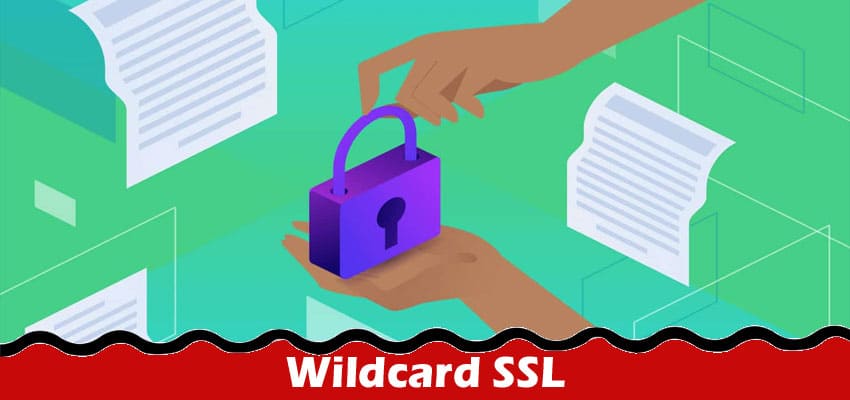With a Wildcard SSL Certificate, you can use a single SSL certificate to protect your domain and its sub domains. Each sub domain on the certificate must go with the same root domain.
Because they all point to the same root domain, a single wildcard SSL certificate could be used to secure several domain sub domains. We have different main domain, this certificate can’t be used with it.
How a Wildcard SSL certificate works
It’s pretty easy to make a wildcard certificate. To make a ssl wildcard certificate for an entire domain, you only need the syntax. After that, this Wildcard SSL certificate will protect all its sub domains so; the Wildcard SSL certificate can be used to secure any sub domain of the main domain without the need for extra certificates or configuration.
Securing every sub domain,
As we already said, the Wildcard SSL certificate helps protect a domain and its sub domains. Before the Wildcard SSL certificate, you must get a new one for each sub domain you added. You can now preserve many sub domains with a single certificate. With a Wildcard SSL certificate, it’s easy to protect existing and new sub domains. So, if you add more sub domains to your site, the Wildcard SSL certificate will automatically save them all.
Less challenging to handle,
Most of the time, renewing SSL certificates is a long and tedious process. It would take a lot of time keep track of an SSL certificate for each sub domain on a site. It is easier to renew when you have a single Wildcard SSL certificate for all your sub domains.
SSL certificates are the standard for website security, but they can be expensive and add up quickly. Since each sub domain needs its certificate, the total cost goes up quickly.
The best way to protect a large number of sub domains at the same time is with a Wildcard SSL certificate. With just one certificate, you can get a lot.
Drawbacks of using wildcard certificates
If your business doesn’t already have set procedures and tools for managing certificates, the possible downsides of using wildcard certificates outweigh any potential benefits.
- Creates security risks. Wildcard certificates could make you more vulnerable instead of less vulnerable. Regarding sub domains, only one private key must be shared for a wildcard certificate. That means that if one sub domain is hacked, all the other sub domains that use the same certificate are also at risk.
- Difficult to track At first glance, wildcard certificates may seem easy to use, but they may not be as easy. Even though wildcard SSL certificates are easy to set up, keeping track of dozens or hundreds of them can be challenging, especially if they all expire simultaneously.
Certificate expiration and renewal
Wildcard SSL certificates need to be managed and checked for expiration like other digital certificates. When a certificate’s expiration date comes up, it must be replaced everywhere it has been used. If a certificate isn’t renewed on time, HTTPS won’t work right on the website(s) it protects, and users will see a warning.
When you want to renew a wildcard SSL certificate, you must make a new Certificate Signing Request . Ensure the CA knows you’re renewing a wildcard certificate so they can consider that when giving you a new one.


